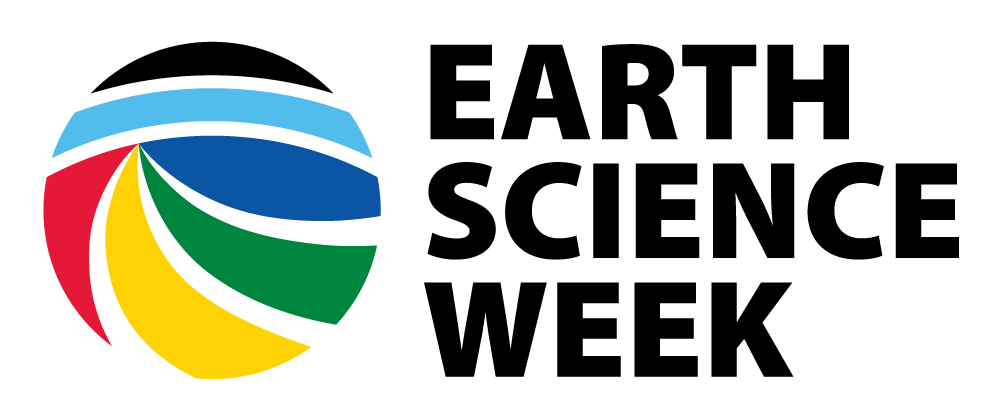Identifying Your Watershed Activity Source: Water Use In Vermont - An Activities Guide For Teachers (United States Geological Survey)
Goal To identify the (1) watershed you live in, (2) source of water used at home, and (3) pathway of surface runoff in your watershed.
Look at the watershed maps of your state to answer the following questions:
In what town do you reside? Locate your town on the town map. Locate your watershed on the town map.
[Read More]
It’s the “Rain,” Man
It’s the “Rain,” Man Activity Source: National Oceanic and Atmospheric Administration.
Adapted with permission.
People find inspiration in many different places and things. Among them is taking joy in sensing the Earth around you. Feel the breeze on your face. Take in the fresh smell of the air after a spring rain. Use your hands to build something. Wherever you live you can get outside, savor your surroundings and observe what makes up the rhythms of the place you live.
[Read More]
Land and People: Finding a Balance
Land and People: Finding a Balance Activity Source: Adapted with permission by U.S. Geological Survey
This environmental study project allows a group of students to consider real environmental dilemmas concerning water use and provide solutions to these dilemmas. The student packet (see Materials below) gives students most of the information they’ll need to answer the Focus Question, information such as maps, data, background, a reading about the region, and a description of the “Interested Parties,” or the various interest groups that have a stake in the outcome of the Focus Question.
[Read More]
Liquefaction
Liquefaction Activity Source: Adapted with permission by Soil Science Society of America.
When it comes to slipping, sliding, and stability in soils, the key word is “liquefaction.”
During an event like an earthquake, liquefaction is the process by which saturated soil behaves like a liquid. This can be problematic, as a liquid soil loses structure and can cause buildings to sink, foundations to crack, and soil to slide down slopes all at once.
[Read More]
Look Up!
Look Up! Activity Source: Adapted with permission by The Weather Channel.
To learn to read, write, and appreciate language and communication, it’s helpful to find subject matter that’s appealing, inspiring, and personal. The sky is a never-ending source of material that is available everyday to everyone.
Get ready to set a course for sky exploration! The following activity is designed to help you learn to listen, read, and communicate in both written and oral formats about the sky.
[Read More]
Make a Thunderstorm
Make a Thunderstorm Activity Source: Adapted from UCAR/NCAR Web Weather for Kids
Background Even small thunderstorms are dangerous. Every thunderstorm produces lightning, which kills more people than tornadoes each year. Thunderstorms also cause heavy rain, flash flooding, hail, strong winds and tornadoes. When warm and cold air masses meet, a thunderstorm can grow. In this activity, you will learn about convection and how air moves.
Time Needed One class period
[Read More]
Mapping the Atmosphere
Mapping the Atmosphere American Meteorological Society
Activity Source: American Meteorological Society. Adapted with permission.
A map can represent data from an area on a flat surface. The part of our Earth system most frequently mapped is the atmosphere. Weather—the state of the atmosphere at a particular place and time—needs constant monitoring because it perpetually changes as weather systems evolve and move.
Awareness of what the weather is and is likely to be has numerous benefits.
[Read More]
Measure for Measure
Measure for Measure Activity Source: Adapted from Joint Oceanographic Institutions in the Classroom, 2005.
Background Geoscientists use special boats to conduct research at sea. One of these boats is named the JOIDES Resolution (JR). Unlike most oceangoing vessels, the JR has a flat bottom, a 6.4-meter hole in the middle, 12 laboratories, and a derrick towering 67 meters above the waterline! Why? So scientists can sail nearly anywhere in the world to drill for samples of rocks and sediment from below the seafloor.
[Read More]
Measuring Glacial Retreat
Measuring Glacial Retreat Activity Source: Adapted with permission by U.S. Geological Survey.
The USGS has been studying glaciers in Glacier National Park since 1850. It is estimated that there were 150 glaciers in the park back then, and when the national park was established in 1910. Today only 25 glaciers remain.
Scientists go back every year to repeat photographs, as well as to examine the ice and the ecology of the landscape to see how glacial retreat is affecting plant and animal species that live there.
[Read More]
Model of a Well
Model of a Well Activity Source: Nebraska Earth Systems Education Network, School of Natural Resources, by Marianne Bonnemier
Background Groundwater is contained in the zone of saturation below the land surface. The top of this zone is known as the water table. People can tap into this source of water by drilling wells. The depth of the well and level of the water table greatly influences the wells productivity.
Objective Demonstrate the relationship of groundwater to wells.
[Read More]
